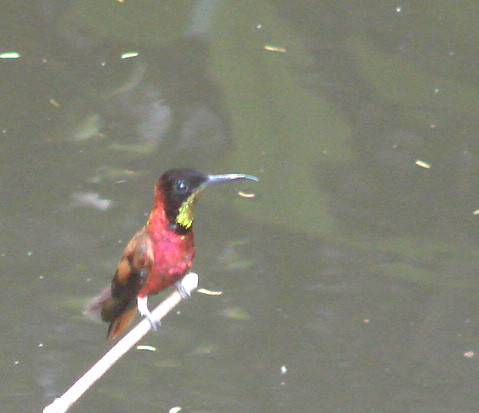It’s 150 years this year since William Charles Linnaeus Martin left this earth, but his vast corpus of writings continues even now to open a window on Victorian agriculture and natural history.
One of the most popular and prolific authors of his day in such subjects, Martin moved in good circles, and had access to the finest collections in Britain, including the birds belonging to his “obliging friend” John Gould, which and whom he consulted liberally in preparing his General History of Hummingbirds.
One day, Gould had a surprise waiting for his literary colleague,
a very petrel-like species [of hummingbird]…. Its short tarsi, its peculiar structure of wing, and its dull plumage, were, at a glance, apparent; but that decided oleaginous odour which is exhaled from the skin of the Petrels and other allied oceanic birds, was what most surprised us; it was perceptible as soon as the specimen was taken from the box, and had we not used the sense of vision, as well as that of smell, we should have said, this is a small Petrel….
Martin neglects to identify that peculiar trochilid for his reader, but he does offer some speculation on its habits:
It is not improbable that it may feed on minute Mollusks, semi-microscopic Crustaceans, and the larvae of aquatic insects….
Gould himself debunked that idea, dismissing the hummingbird’s musky aroma as “merely a coincidence.” But with August just around the calendar corner, the southbound hummingbirds will be thronging our feeders soon enough. I’ll be out there this year with my mind open and nostrils flared.


